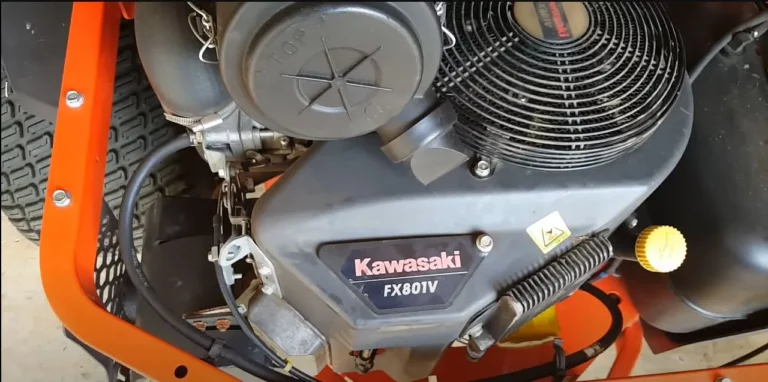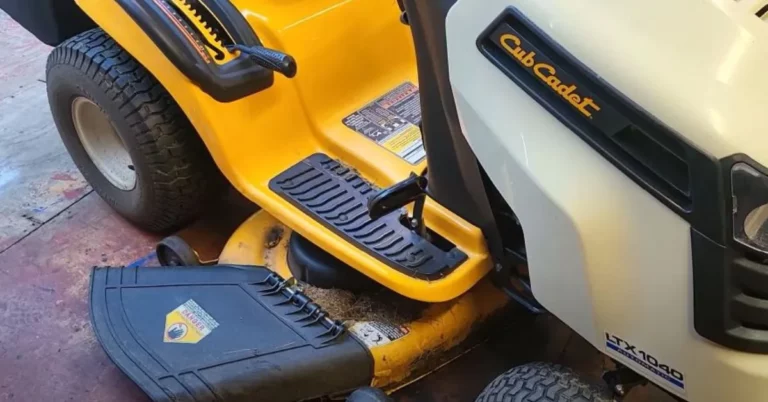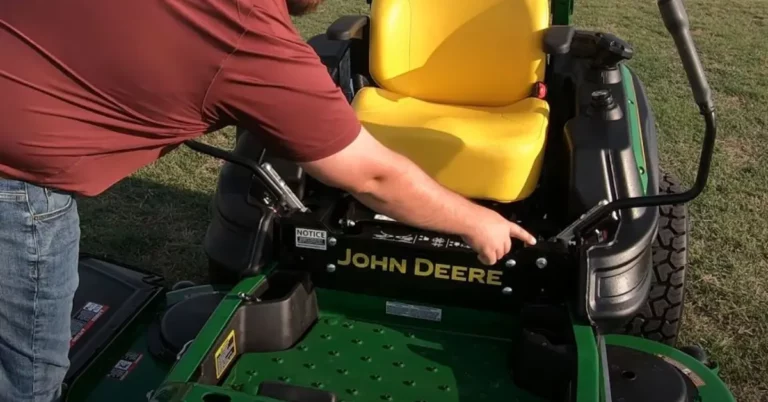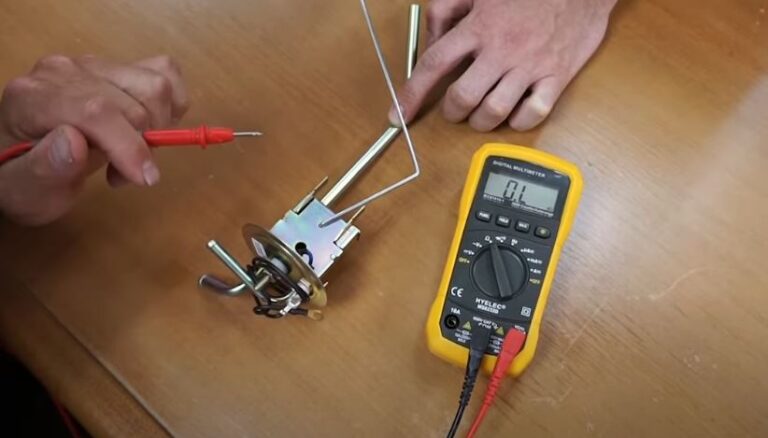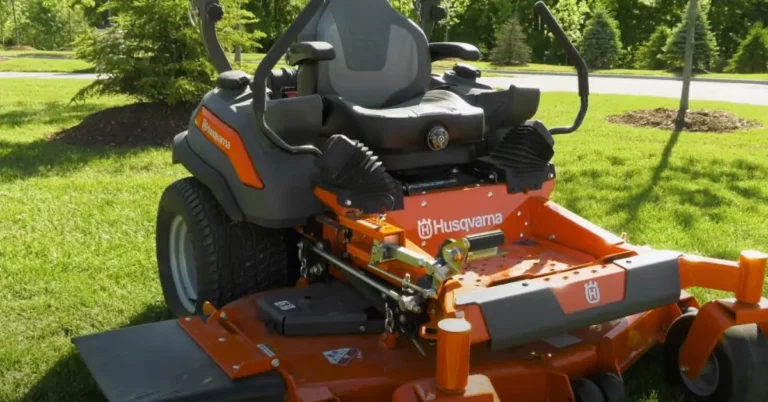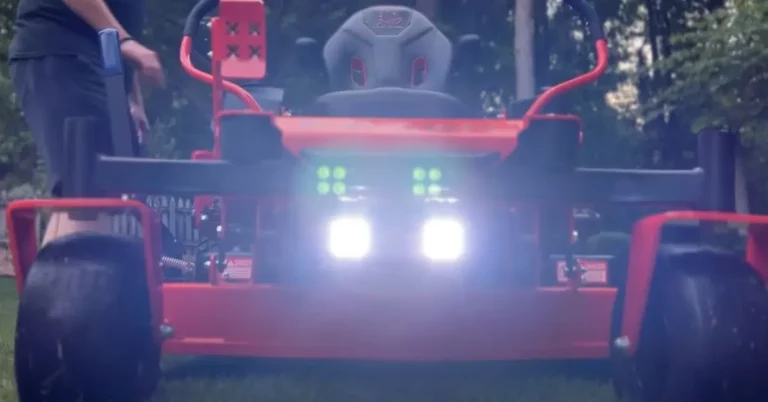Common Exmark Commercial 30 Problems with Possible Fixes
Are you tired of dealing with frustrating Exmark Commercial 30 problems while using your Exmark Commercial 30 mower?
Well, you’re not alone. Some users have experienced difficulties getting the engine to start or extra effort to get it running smoothly.
One of the standout items on the market, the Exmark Commercial 30, promises to boost contractor mowing productivity by 43% compared to other 21-inch mowers that are its main rivals.
Exmark Commercial 30 Problems and Their Solutions
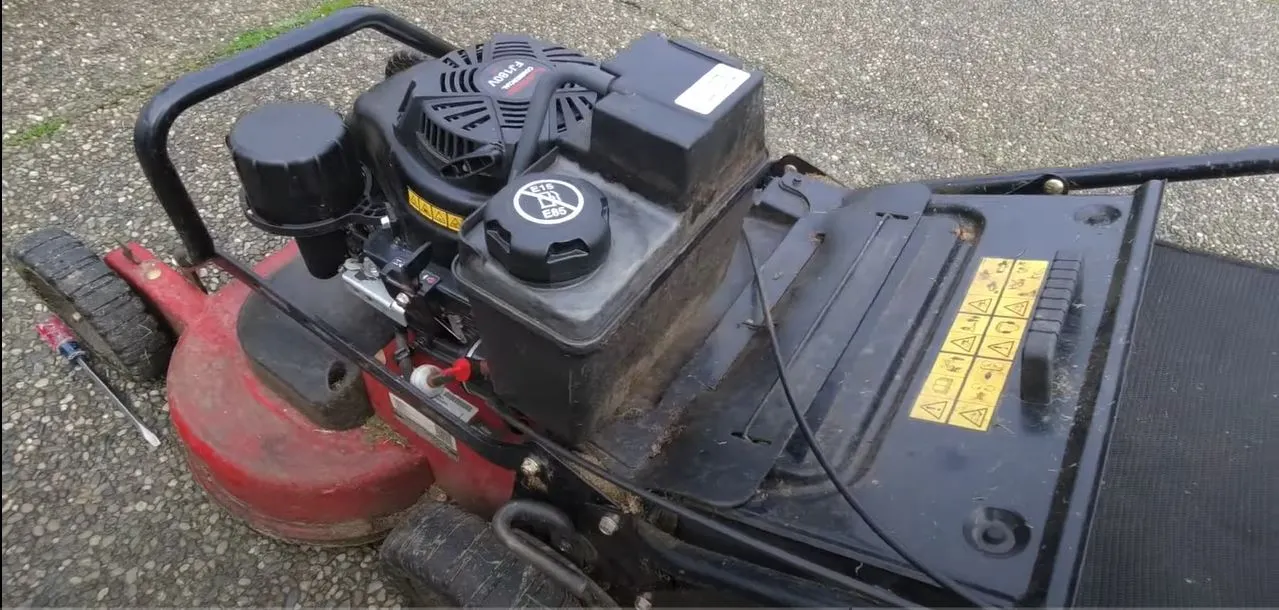
Exmark Commercial 30 mowers have gained popularity in the commercial lawn care industry for their efficiency and durability.
However, like any equipment, they are not immune to specific problems that users may encounter.
Additionally, some users have reported issues with the mower’s overall maneuverability, particularly when navigating tight corners or uneven terrain.
1. The engine will not start
This is one of the biggest Exmark Commercial 30 Problems. Some reasons for this problem are given below.
Fuel-related issue
If the fuel used is old or contaminated with dirt, water, or debris, it can cause clogging or poor fuel flow. Contaminated or old fuel can lead to engine performance problems.
Engine kill switch
Some mowers have safety mechanisms, such as a blade engagement lever that must be disengaged or a seat switch that must be activated for the engine to start.
In some cases, mechanical issues with the engine itself can interfere with the operation of the kill switch.
For example, a stuck or malfunctioning throttle linkage or governor may prevent the kill switch from effectively shutting down the engine.
Low oil level
If the engine is running with the oil level below the recommended range, turn it off immediately.
Running the engine with low oil can lead to severe damage. Some mowers have a feature that prevents the engine from starting if the oil level is too low.
Solutions
Many users have found that regular maintenance and following guidelines can help mitigate these problems and ensure smooth operation.
- Ensure enough fuel is in the mower’s tank. Fill it up with new, clean petrol if the tank is low. Make sure the gasoline is fresh and has enough in the tank.
- Ensure the fuel valve is open, allowing fuel to flow to the engine. If it gets closed, turn it to the open position.
- An air filter that is clogged or unclean can limit airflow to the engine, making it difficult to start. Clean or replace the air filter by taking it out
- Low oil levels can trigger safety features that prevent the engine from starting. Check the oil level using the dipstick and add oil if necessary.
2. Vibrations in a Lawnmower
There are several potential causes for extreme vibrations in a lawnmower.
Unbalanced or Damaged Blade
An unbalanced or damaged lawnmower blade can cause significant vibrations. If the blade is bent, chipped, or has unevenly distributed weight, it can create an imbalance when spinning, leading to excessive vibrations.
Loose or Worn-out Components
Over time, various lawnmower components, such as bolts, nuts, or fasteners, can become loose due to constant vibrations.
Loose or worn-out parts can contribute to increased vibrations during operation.
Engine Issues
Problems with the lawnmower’s engine, such as improper fuel mixture, a clogged air filter, or a faulty spark plug, can lead to irregular engine performance and vibrations.
Bent or Damaged Crankshaft
The crankshaft is a vital component that converts the engine’s linear motion into rotary motion to drive the blade. A bent crankshaft can cause misalignment of various engine components.
As the crankshaft rotates, it may no longer rotate smoothly or concentrically, leading to misaligned connecting rods, pistons, and bearings.
A bent crankshaft can result in excessive friction, uneven wear, and increased stress on the engine’s moving parts.
Damaged or Worn-out Engine Mounts
This help secures the engine to the lawnmower frame and dampens vibrations. If the mounts are damaged or worn out, they may not effectively absorb the vibrations, resulting in excessive shaking.
Solutions
To address the Exmark Commercial 30 problems of extreme vibrations from a lawnmower, you can take the following steps:
- Replace the blade if necessary to ensure a balanced replacement.
- Examine all bolts, nuts, and fasteners on the lawnmower and tighten them as needed.
- Regular maintenance on the lawnmower’s engine includes cleaning or replacing the air filter, checking the spark plug, and ensuring the fuel mixture is correct.
- If you suspect a bent or damaged crankshaft, it is advisable to take the lawnmower to a professional for inspection and repair.
3. Cutting Pattern that Isn’t Uniform
Cutting pattern that isn’t uniform” generally refers to uneven grass cutting or inconsistent mowing results. Here are a few possible causes for such a problem:
Uneven Deck Height
If the Exmark Commercial 30 cutting deck is not level or one side is set at a different height, it can result in an uneven cutting pattern.
Dull or Damaged Blades
Another problem that users have faced is the mower’s blade belt slipping or breaking, which can disrupt the cutting process and lead to reduced efficiency.
Clogged or Worn-out Discharge Chute
A clogged or worn-out discharge chute can disrupt the grass flow and cause clumping or uneven cutting.
Uneven Tire Pressure
Improperly inflated or unevenly inflated tires can affect the mower’s stability and cutting pattern.
Solutions
- Ensure the cutting deck is properly adjusted and leveled. Ensure both sides of the deck are at the same height to achieve a uniform cut.
- Dull or damaged blades can result in an uneven cutting pattern. Sharp blades will provide a cleaner and more consistent cut.
- A clogged or worn-out discharge chute can disrupt the grass flow and lead to rough cutting. Regularly clean the discharge chute to remove any debris or grass buildup. If the chute is damaged or worn, consider replacing it.
4. Transmission Issues
The overall reliability of the Exmark Commercial 30 has been a concern, with users reporting frequent transmission Issues and the need for costly repairs.
Therefore, potential buyers should consider these reported issues carefully before investing in the Exmark Commercial 30 mower.
Stuck Transmission
It can happen due to a malfunctioning shift linkage, damaged gears, or debris obstructing the transmission mechanism.
Inconsistent Operation
If the mower’s transmission operates erratically, such as randomly shifting gears or struggling to engage, it could be due to electrical or sensor issues within the transmission control system.
Solution
The solution to transmission issues with the Exmark Commercial 30 Problems may vary depending on the specific problem encountered.
However, here are some general steps you can take to address transmission problems:
- Check the transmission fluid level according to the manufacturer’s guidelines. If there are signs of leakage, identify the source and repair or replace the damaged seals or lines.
- When the transmission is slipping, worn-out drive belts could be the culprit. If required, swap them out by following the manufacturer’s recommendations.
- Inspect the shift linkage for any misalignment or damage when the transmission sticks in one gear or has difficulty shifting. Adjust or replace the linkage as needed.
- If you are experiencing noise, vibration, or inconsistent operation, opening up the transmission and inspecting the gears, bearings, and other internal components may be necessary. Replace any worn-out or damaged parts as recommended by the manufacturer.
5. Troubleshooting Battery Issues
When troubleshooting battery issues, there are a few common Exmark Commercial 30 problems to consider. You can take the following actions to identify battery-related issues.
Also Read: Lawn Mower Engine Dies When PTO Is Engaged (5 Reasons)
Battery Connections
Electrical Exmark Commercial 30 problems brought on by losing connections might prohibit the battery from charging or powering the mower.
Loose battery connections can lead to the breaking or damaging of the components of the system.
Examine the Battery
Look for any deterioration, corrosion, or leakage indications. If the battery is weak or damaged, you may experience difficulties starting the engine. Signs of a weak battery include slow cranking or the engine not starting.
Battery Voltage
Measure the battery voltage using a multimeter. A battery that is ultimately charged should register 12.6 volts or more.
If the voltage is significantly lower or not increasing, there may be an issue with the charging system (e.g., alternator, voltage regulator).
Solutions
- Verify that the wires are firmly fastened to the terminals.
- The battery might need to be set or changed if the voltage is lower.
- Remove any decay from the terminals using a wire brush and a baking soda/water solution.
- To charge a device, follow the manufacturer’s directions for timing and methods.
How To Clean Exmark Commercial 30 Mower?
Cleaning an Exmark Commercial 30 mower is an essential maintenance task that helps keep the mower in good condition and ensures optimal performance.
An instruction manual for cleaning your Exmark Commercial 30 lawn mower is provided below:
Also Read: How Many Hours Does A Lawn Mower Last? (2023)
Setting Up
- To avoid an unintentional start-up, ensure the engine is off, and the spark plug wire is unplugged before cleaning.
- You will need a hose with a spray nozzle or a pressure washer, a bucket, a soft brush or sponge, mild detergent or mower cleaner, a wrench, and clean towels or rags.
Clear the Deck
- Tilt the mower deck and secure it using the lift mechanism or blocking it with a suitable object.
- Remove the spark plug wire with a wrench to avoid unintentional starting and tuck it away.
Remove Grass Clippings and Debris
- Use a brush or your hands to remove loose grass clippings and debris from the top and underside of the deck.
- Clear out any clogs in the discharge chute, grass catcher, or mulch plug if applicable.
Rinse the Mower
- Use a hose with a spray nozzle or a pressure washer to rinse the deck, removing any remaining debris.
Dry the Mower
- Use clean towels or rags to dry the deck, removing excess moisture.
Reassemble and Perform Maintenance
- Reconnect the spark plug wire to the spark plug.
- Lower the mower deck back to its normal operating position.
- Check the mower’s oil level, air filter, and other maintenance items as the owner’s manual recommends.
- If necessary, lubricate any moving parts according to the manufacturer’s guidelines.
How long are commercial push mowers expected to last?
Regular cleaning and maintenance of your Exmark Commercial 30 mower. It will help prolong its lifespan and ensure it operates efficiently.
A commercial push mower’s lifespan can differ according to several elements.
It includes its brand, model, frequency of use, maintenance routines, and environmental conditions. On the other hand, commercial push mowers are often made to last and are meant to resist severe use.
Also Read: How to Adjust Steering On Zero Turn Mower?
FAQs
Why is my Exmark Commercial 30 mower not starting?
There are many reasons for this problem. Ensure the fuel tank has adequate fuel and the spark plug operates correctly. Make that the electrical connections, battery, ignition switch, and battery are all in excellent working order.
How can I fix the uneven cutting height on the mower?
These are common Exmark Commercial 30 problems. An improperly adjusted cutting deck can Cause uneven cutting. Ensure the deck is level and the cutting height is set evenly on both sides.
Why is my Exmark Commercial 30 mower stalling?
Several factors can cause stalling. Check the fuel system for obstructions or clogs, including the carburetor and fuel filter. Additionally, inspect the spark plug and ignition system for any faults.
Final Verdict
One of the significant Exmark Commercial 30 problems is related to the transmission system. Users have complained about the transmission failing or not engaging correctly, leading to difficulties maneuvering the mower.
These problems can be attributed to inadequate maintenance, design flaws, or improper usage. At the same time, Exmark has made efforts to address these issues through improved components and user guidelines.
Owners and operators need to stay alert and attentive when it comes to taking care of their equipment and following the recommended ways to use it.

